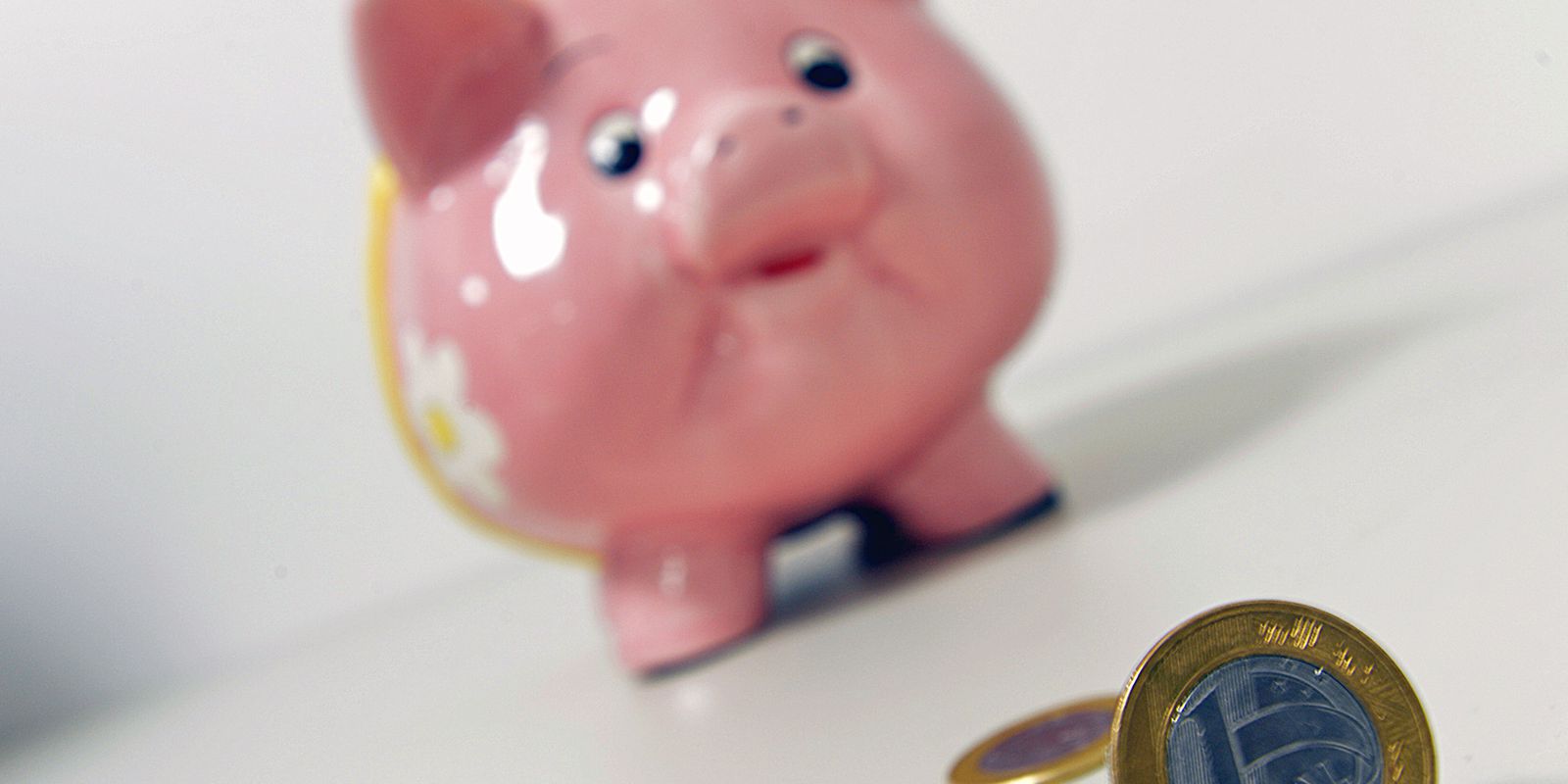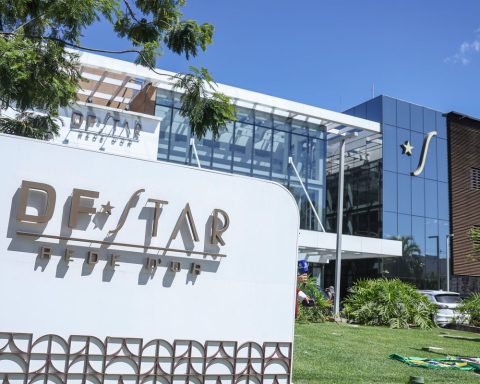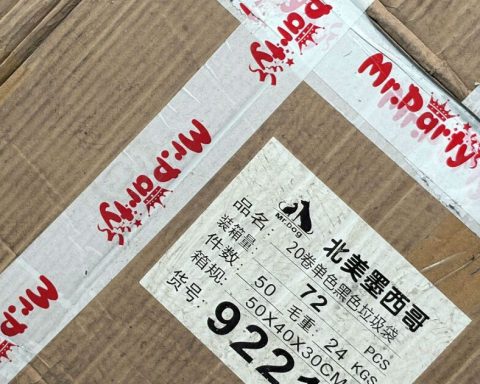The most traditional financial investment of Brazilians is breaking record withdrawals in 2022. Until April 14, Brazilians withdrew R$ 46.29 billion more than they deposited in their savings account, the Central Bank (BC) reported today (25) .
Because of the strike by BC servers, the release of the report was at a standstill. With the suspension of movement last week, the presentation of statistics is gradually being resumed.
In March alone, Brazilians withdrew R$15.36 billion more than they deposited in savings. Net withdrawals are the highest recorded for the month, since the beginning of the historical series, in 1995. In the first 14 days of April, withdrawals exceeded deposits by R$ 5.92 billion.
Traditionally, the first months of the year are marked by a strong volume of withdrawals from savings accounts. Payment of taxes and expenses such as school supplies and Christmas shopping in installments impact Brazilians’ accounts at the beginning of each year.
In 2020, savings recorded a record net inflow (deposits minus withdrawals) of R$166.31 billion. The instability in the public bond market at the beginning of the covid-19 pandemic and the payment of emergency aid, which was deposited in Caixa Econômica Federal digital savings accounts, contributed to the result.
Last year, savings had registered a net withdrawal of R$ 35.5 billion. The application was pressured by the end of emergency aid, by low incomes and by the greater indebtedness of Brazilians. The net withdrawal – the difference between withdrawals and deposits – was not higher than that recorded in 2015 (R$ 53.57 billion) and in 2016 (R$ 40.7 billion). In those years, the strong economic crisis led Brazilians to withdraw funds from the application.
Performance
Until recently, savings yielded 70% of the Selic rate (basic interest in the economy). Since December of last year, the investment has started to yield the equivalent of the reference rate (TR) plus 6.17% per year, because the Selic has returned to above 8.5% per year. Currently, basic interest is at 11.75% per annum.
The increase in interest rates, however, was insufficient to make savings yield more than inflation, causing some investors to flee. In the 12 months ending in March, the investment yielded 4.34%, according to the Central Bank. In the same period, the National Consumer Price Index (IPCA)which measures official inflation, reached 11.3%.

















